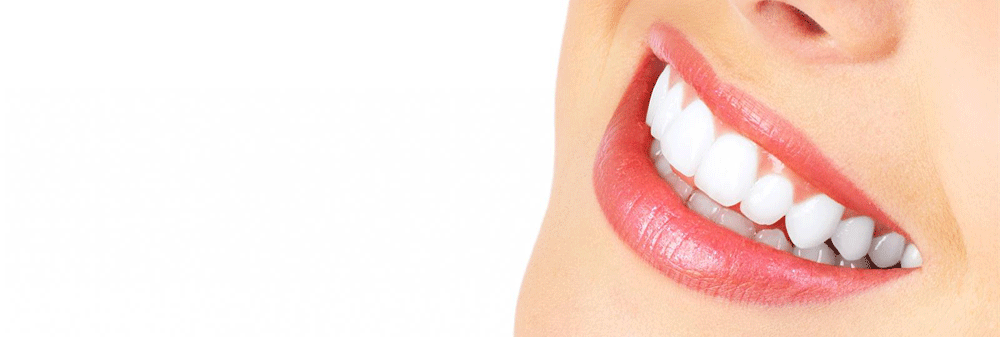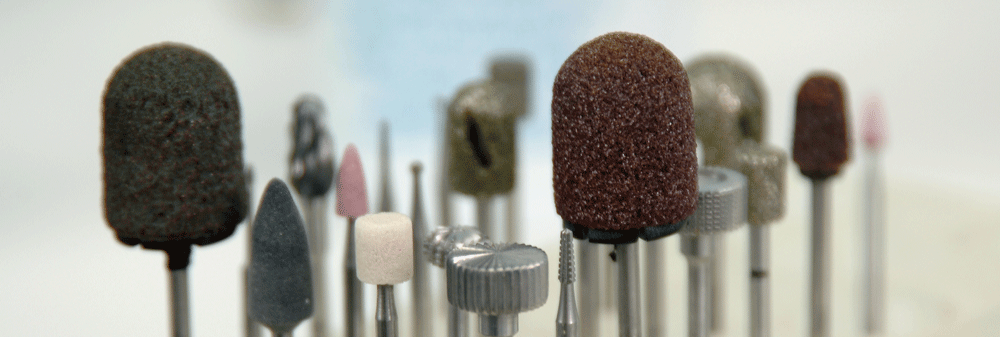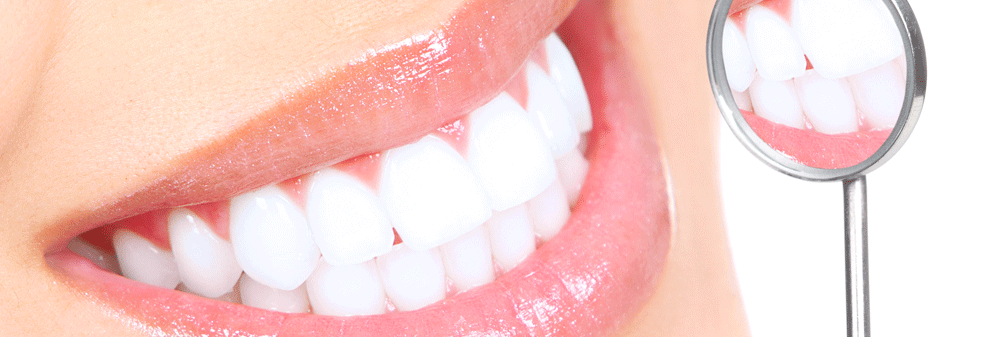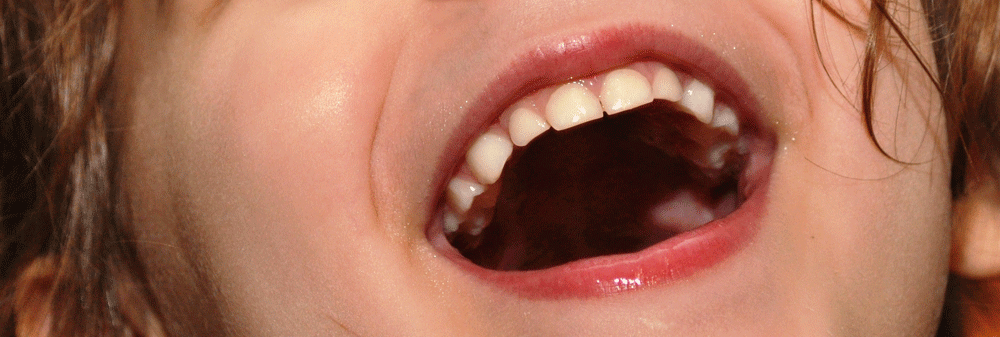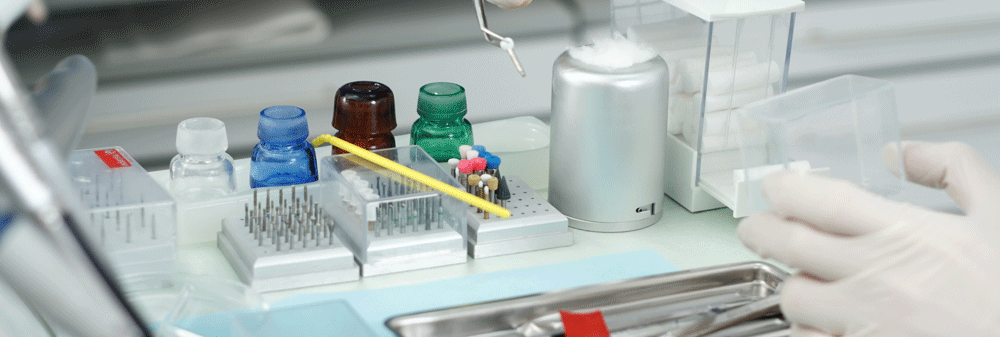CLINIC
Dr. KARL KARAM
All that is good begins with a SMILE…
Our Services
Teeth Whitening:
White teeth and bright smiles are a sign of beauty, health and youth.  Tooth whitening is a process that lightens the shade of enamel and dentin using a bleaching solution and a light source (laser, blue light) to activate the product and accelerate its action. Numerous scientific studies have shown that these treatments are absolutely harmless for the teeth. Why do teeth become dark? The staining occurs in the enamel and the dentin. This can be caused by caries, tobacco, food colorants, certain medications taken during childhood (such as tetracycline, excessive fluoride consumption…) What are the contra-indications of tooth whitening? • Pregnancy or breastfeeding. • Tooth hypersensitivity associated with periodontal disease, gingival recession or defective restorations (fillings). • Allergy to peroxide. • Gingivitis, periodontitis or advanced caries. • Presence of restorations, crowns and veneers (color does not vary following peroxide treatment).
Oral Surgery & Oral Implantology
Oral surgery includes surgical treatment of teeth, alveolar bone, gums, oral mucosa and salivary glands. Oral surgery also deals with all mouth-related infections.  It involves cyst and tumor removal as well as any tooth-associated lesion and surgical avulsion (wisdom teeth, dental inclusions…) in the maxillary and mandibular regions. It involves cyst and tumor removal as well as any tooth-associated lesion and surgical avulsion (wisdom teeth, dental inclusions…) in the maxillary and mandibular regions.Oral Implantology A dental implant is an artificial root screwed into the jaw bone. It is used to replace the root of an extracted or damaged tooth, or to support a fixed denture. The surgery requires one to three phases. The placement of a dental implant is performed in a dental clinic under local anesthesia (or exceptionally in a hospital under general anesthesia). Surgical phase The oral surgeon incises the gum and exposes the surgical site. He then drills within the bone and prepares it for implant placement. Osseointegration phase : A healing period is then necessary. It will allow the bone to reform and set very firmly around the dental implant. This process is called osseointegration. Osseointegration requires from 2 to 6 months. Prosthetic phase Once osseointegration is achieved, the dentist removes the screw that covers the head of the implant. He then takes a dental impression and sends it to the dental technician for crown, bridge or fixed denture fabrication. Indications : Stabilization of removable dentures Placing 2 to 4 implants can stabilize a full denture. It is suitable for patients with insufficient bone height in the posterior region of the jaw. Stabilization of partial dentures To replace a system fixed with hooks that compromise tooth integrity. It is also an alternative to a fixed bridge. Following tooth extraction To prevent alveolar bone loss around the root after its extraction. Implant placement depends on the complete healing of the wound (4 to 8 weeks after extraction). After this period, the site is ready to receive dental implants. Under certain conditions, immediate implant placement after tooth extraction may be possible, and even provide benefits for certain clinical situations. Patient preparation for dental implants begins with the tooth extraction phase. Implant treatment planning must be made prior to extraction. Replace a single tooth Single tooth loss has a noticeable impact on the jaw (alveolar bone resorption) and on surrounding teeth (migration, tilting…). The dental implant is currently the best solution to maintain jaw bone capital and preserve the remaining teeth. Replace several teeth Alternative to fixed bridges, partial or complete removable dentures.
Esthetic dentistry
The smile is an essential currency in daily encounters. It’s the primary communication tool, way before speech, be it socially or professional. A recent study concerning the « smile sociology* » shows that 85% of the interrogated people establish a direct link between social success and smile quality. *La sociologie du sourire De Gaston, William (Université d'Ottawa. Canada) ; Miguelez, Roberto, 2009 Teeth are the main actors in a smile: shade, shape, alignment and lip support make them a quintessential element in the esthetic treatment of the orofacial area. Modern dentistry offers many solutions when it comes to smile optimization and rejuvenation: 1- Ceramic Veneers « Hollywood Smile » For ceramic veneer placement, tooth prepping is minimal. The veneer is almost 0,5 mm thick. After bonding, the esthetic result is excellent. In that way, an optimal esthetic result is obtained in 2 sessions whilst preserving most of the dental tissues and tooth vitality. Clinical Indications: 1. Esthetically reshape teeth to ideal dimensions. 2. Permanently change tooth shade. 3. Alignment of crooked teeth. 4. Reduce gummy smile. 5. Tooth strengthening. 6. Smile widening. 7. Smile straightening. 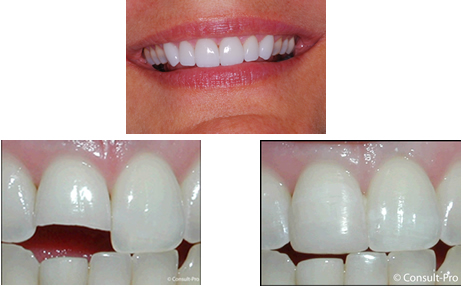
2- All-ceramic crowns The development of tooth-like ceramics, with transparency and light diffraction almost similar to that of the natural tooth, ensures a fully esthetic treatment and a complete integration within the surrounding tissues. The use of metal-free crowns prevents translucency of metallic belt at the cervical region of said tooth, often considered as an esthetic failure. 
3- Plastic surgery of jaws and gums. The gummy smile (over exposure of upper gums when smiling) is often considered as non-esthetic. Many patients presenting a high lip line are psychologically affected and refrain from smiling. Those patients will most likely undergo hard and soft tissue surgery, followed by prosthetic rehabilitation. 4- Multidisciplinary treatment. Multidisciplinary treatments are indicated in complex cases requiring close collaboration between different oral specialties in order to achieve optimal esthetic and functional results. 
Pediatric dentistry
Pediatric dentistry is solely dedicated to the treatment of children from the youngest age until adolescence. What’s the difference between a regular dentist and a pediatric dentist (pedodontist)? A pedodontist is a dentist with many years of specific training in child dental care. A pedodontist’s practice is limited to children of all ages, having prevention, early detection and treatment of juvenile dental caries as the main focus point.  The first step would be to establish a relation of trust with the child, making the first dental experience as positive and non-traumatic as possible, maintaining positivity all through childhood and extending it to the adult age. The first step would be to establish a relation of trust with the child, making the first dental experience as positive and non-traumatic as possible, maintaining positivity all through childhood and extending it to the adult age.
Starting what age should a pedodontist be consulted? The first visit to the dentist should coincide with the eruption of the first lacteal tooth (at around 6 months of age). It would serve as an informative consultation, its purpose is to establish a good regular dental hygiene. The pedodontist will inform the parents of good eating habits, the importance of fluoride and the prevention of oral disease. How to prevent juvenile dental caries? Establishing good eating and cleaning habits starting a very young age is the main tool for the prevention of juvenile dental caries in the majority of cases. However, many children suffer from dental caries at a really young age resulting from frequent and prolonged ingestion of milk, fruit juice or any sweet fluid through the baby bottle or excessive breastfeeding. This affection is called “baby bottle tooth decay”. That is why it is imperative that you don’t allow your child to fall asleep while sucking on a baby bottle or a breast. Close attention must also be paid when it comes to medication, be it syrups or asthma medicines which contain a lot of sugar. Ingesting such solutions immediately before sleeping could easily result in dental caries. In any case, tooth brushing is essential twice a day, every day, especially at night. Starting what age should children have their teeth brushed? Beginning from the first tooth’s eruption, tooth cleaning is encouraged, either with clean gauze or an adequate specialized toothbrush. A minimal quantity of toothpaste (the size of the baby’s fingernail) with low fluoride (250-500 ppm) is recommended. And as the molars evolve, the fluoride dosage is increased. If your child is not taking fluoride additives (drops or pills) 1000 ppm toothpaste can be used. Brushing has to be performed by the parents twice a day, once in the morning after breakfast and most importantly at night before sleeping. Parental control is essential until the age of 10-12 years. What is a fissure sealant? In order to prevent definitive tooth caries, the pedodontist applies a coat of fluorinated varnish over the dental grooves (that are very hard to clean) of the functional surfaces of the first and second permanent molars. This is called “fissure sealing” or “sealant”. It is quick, painless, durable and effective against dental caries. 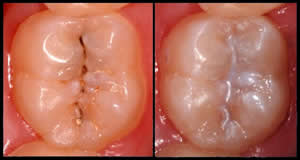 How important are the temporary teeth? Temporary teeth are essential for a child’s proper growth. They are the key for good chewing (hence their importance in nurturing) and good phonation. Temporary teeth are equally important in the preservation of the necessary space for adequate placement of permanent teeth. What is the importance of fluoride? Fluoride occupies a major spot in dental prevention. It is found in toothpastes, some bottled waters, some salts and complements such as droplets and pills. In small quantities, fluoride is very beneficial: It stabilizes and strengthens dental enamel during and after mineralization and it lowers considerably the risk of dental caries. What to do if your child fractures a tooth? If your child fractures a tooth: • Rinse mouth with warm water to clean it up. • Apply ice or cold gauze on lips and face. • Attempt to find the fractured part(s) and place it (them) in a small box containing milk, physiologic serum or your child’s saliva. • Consult your dentist and hand him the fractured bit(s). Should your child lose a whole tooth (if a tooth falls due to trauma): • Remain calm • Look for the tooth, hold it by the crown and avoid touching the root • Never try to put the tooth back or clean it. • Place the tooth in a small box containing milk, physiologic serum or your child’s saliva. • Immediately consult your dentist. Time is of the essence, the faster you react, the more chances the tooth has of healing properly. The dentist reinserts the tooth in its alveolus or bonds the fractured part(s). The survival of the tooth in question depends on many factors, such as reaction time (the shorter the period between the accident and the initiation of the treatment, the more likely it is for the tooth to survive) and tooth maturity (the “younger” the tooth, the better chances it has). A 6 to 12 months surveillance period is necessary in order to be certain the tooth has fully recovered. It is important to keep an eye on tooth color, mobility and supporting tissues. Should any alterations occur, consult your pedodontist immediately.
Nutrition – Dietitian
Nutrition has become a big concern for everyone. Staying in shape and having a healthy body are a priority. Nutrition is not only about losing weight, it is also about gaining weight when needed; managing cholesterol and triglycerides, hypertension, gastrointestinal disorders, pregnancy and lactation, renal disease, etc… Visit us for a personalized diet tailored to your needs, according to your own lifestyle. And don’t worry; “starving” isn’t a word that exists in our dictionary!
Orthodontics
We take pride in working with the latest techniques, so you can be sure you are receiving the most up-to-date treatments available to create your perfect smile. We aim to be the first choice for dentists and patients seeking orthodontic care. An attractive smile is a vital asset to personal self-confidence. The straightening of crooked teeth on an individual’s psychosocial well-being can be tremendous and orthodontics in childhood can make significant changes in increasing one’s later quality of life. Research has even shown that having an attractive smile with well aligned teeth promotes positive impressions with regards to one’s intelligence, social and career success. 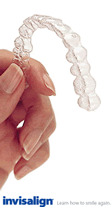 Having a confident smile can change everything. Invisalign makes the decision easy, because you can get a stunning smile without most people even noticing you’re going through treatment.
Having a confident smile can change everything. Invisalign makes the decision easy, because you can get a stunning smile without most people even noticing you’re going through treatment.Invisalign is a brace system which consists of a series of completely clear, removable custom-made aligners, which fit over your teeth. Each aligner is individually manufactured with exact calculations to gradually move your teeth into place. With Invisalign there is no need for metal wires or brackets. New aligners are fitted on average, every two weeks and should only be removed for cleaning, eating, drinking and contact sports.  Invisalign braces are extremely discreet, so confidence is boosted both during and after treatment. With treatment lasting anywhere from 12 to 18 months, they are a very popular choice with our adult patients How Does It Work? By sitting over your teeth, the clear aligners are able to gently ‘nudge’ your teeth into the ideal position. Who Does It Work For? Clear aligners are generally suitable for patients over the age of 16 with milder crowding conditions. More severe problems usually require one of the other types of braces to achieve a perfect result. |
FAQ
|
